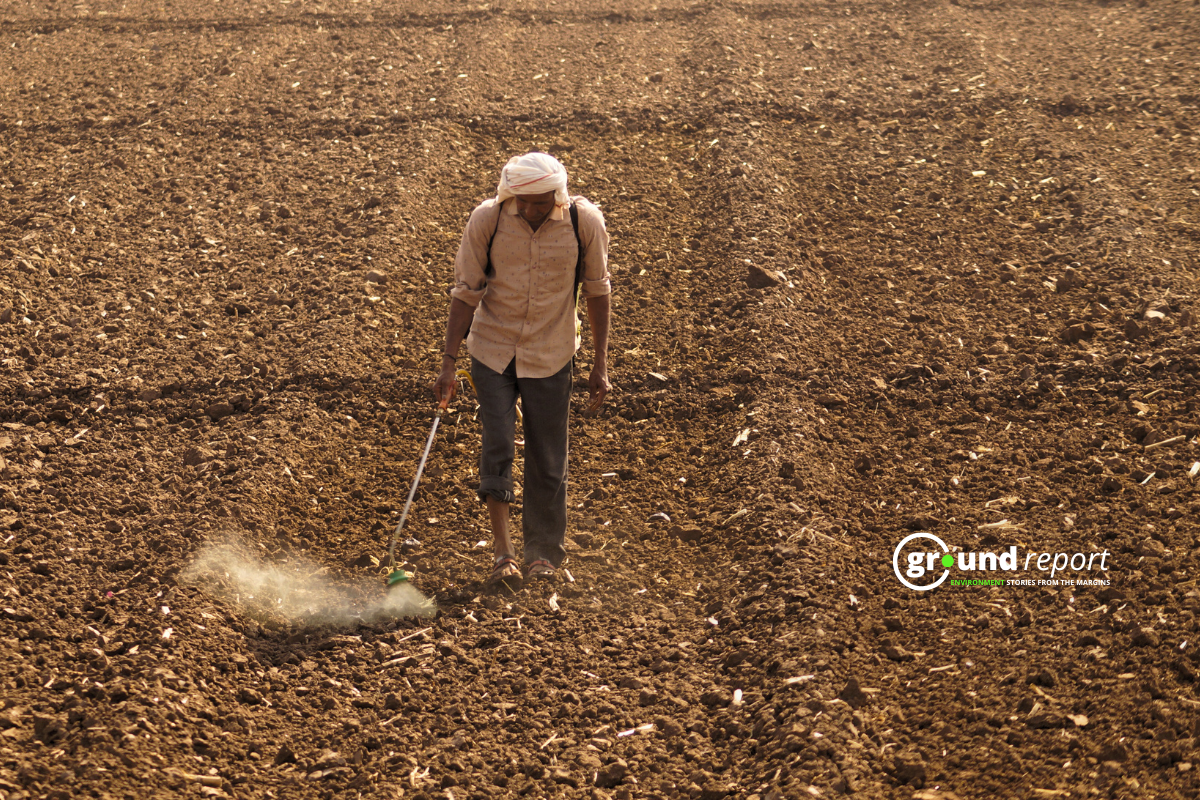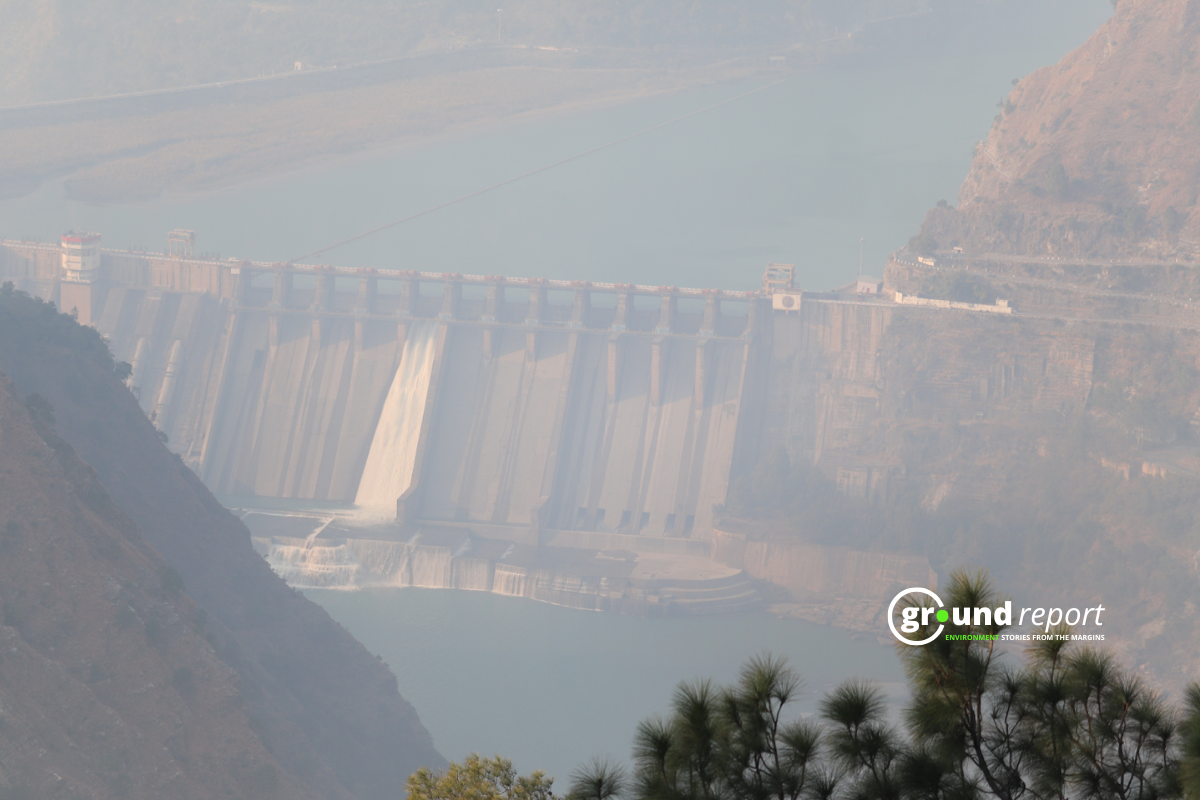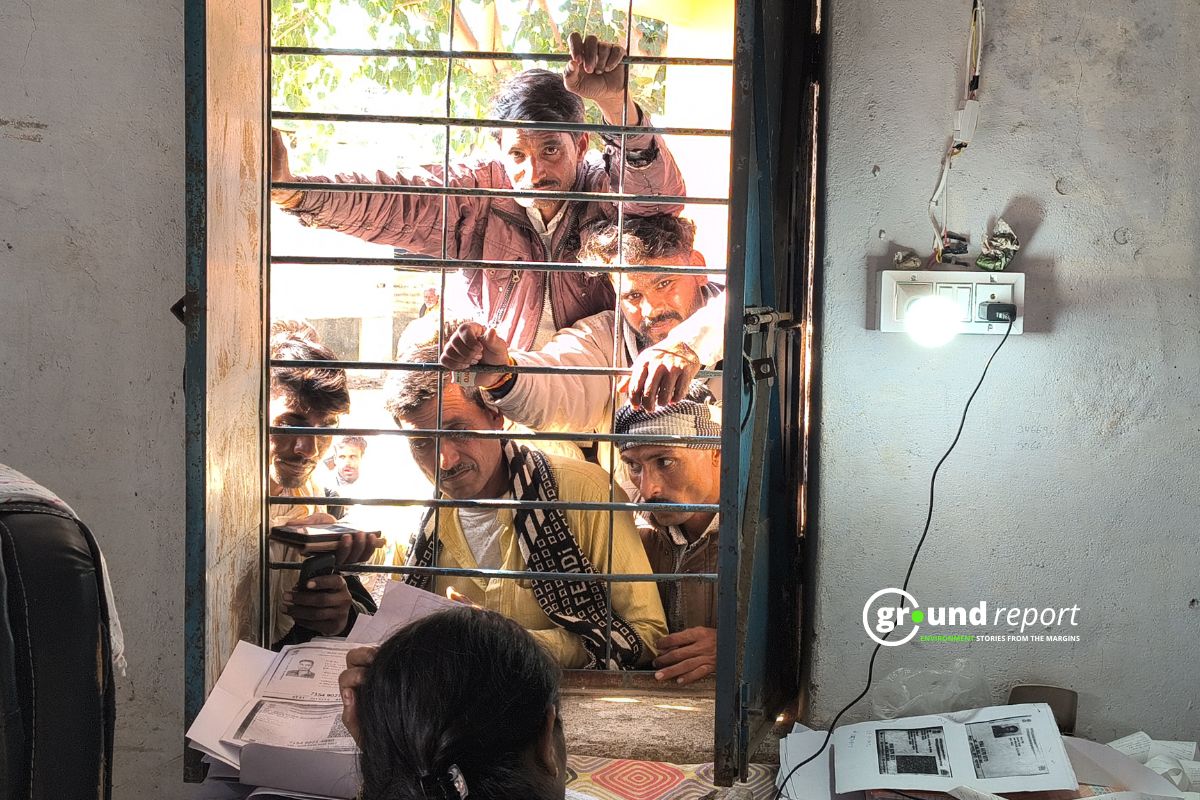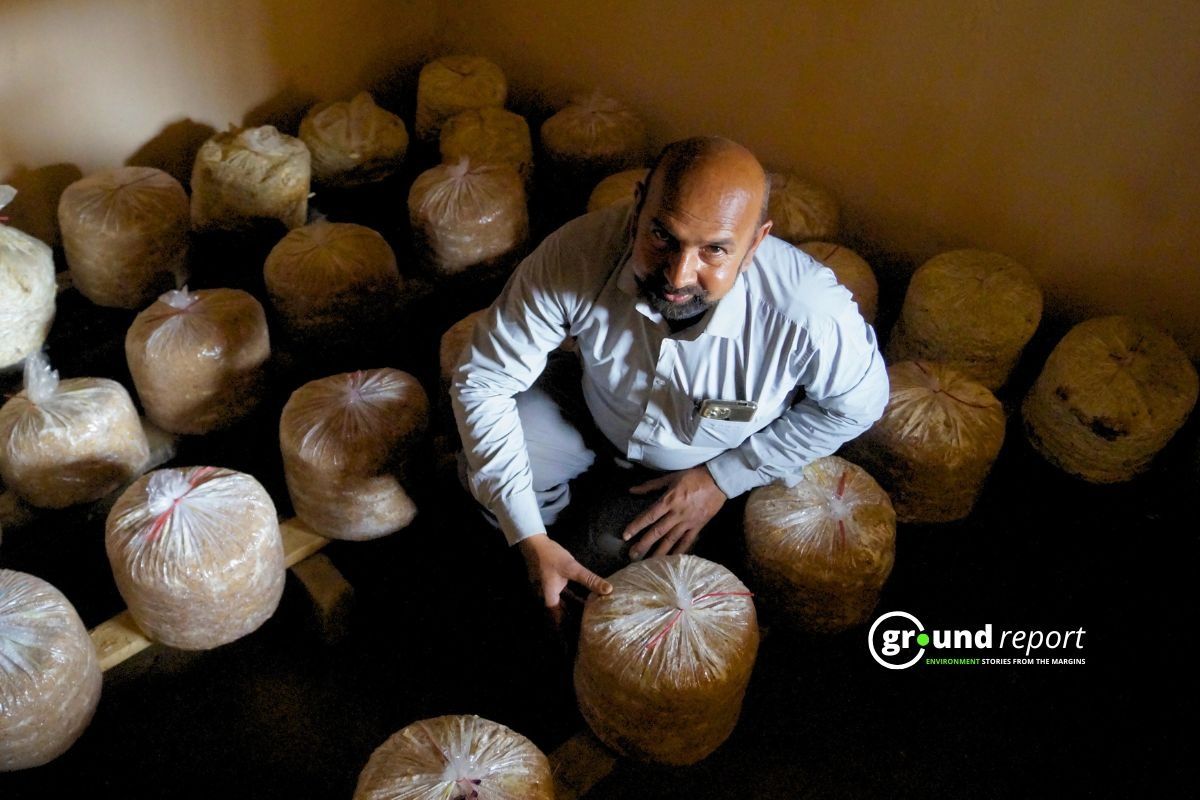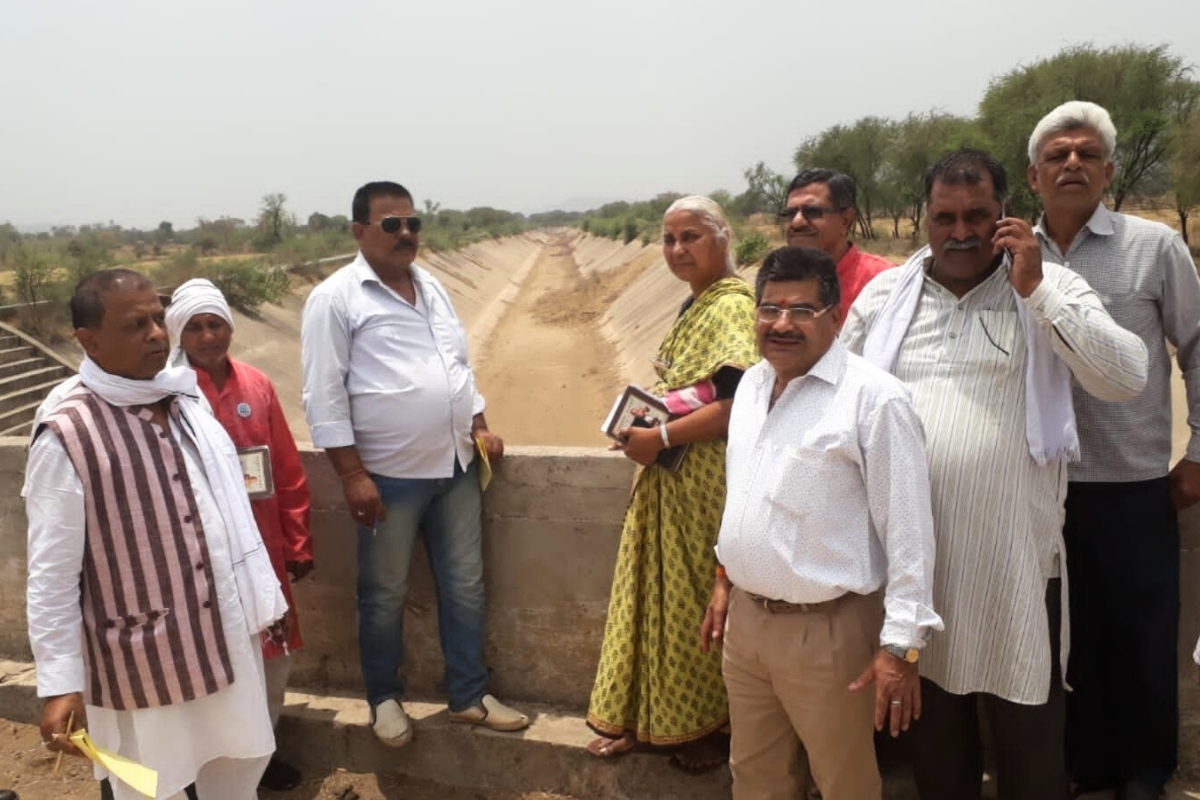Prime Minister Narendra Modi laid the foundation stone for the Ken-Betwa River Linking Project in Khajuraho, Madhya Pradesh, on December 25. The project aims to solve water problems in drought-prone Bundelkhand. It’s the first project under India’s river connection plan to tackle water shortages and fulfils former Prime Minister Atal Bihari Vajpayee’s vision to help dry areas. PM Modi also started other development projects to improve regional infrastructure.
Modi launches Ken-Betwa River project
The Ken-Betwa project aims to improve water availability in Bundelkhand, which has struggled with water shortages for years. It will cost ₹44,605 crore and involve building a large dam, the Daudhan Dam, on the Ken River. The dam in the Panna Tiger Reserve will be 77 meters high and 2.13 kilometres long. A 221-kilometre canal will carry extra water from the Ken to the Betwa River, ensuring a steady supply for farms and homes in Madhya Pradesh and Uttar Pradesh.
The project will bring many benefits. It will provide water for farming on 8.11 lakh hectares across 10 districts in Madhya Pradesh and 4 in Uttar Pradesh, helping farmers reliant on unreliable rain or underground water. It will also supply drinking water to 44 lakh people in Madhya Pradesh and 21 lakh in Uttar Pradesh, relieving communities facing water shortages. The project’s construction and maintenance will create jobs, boosting the rural economy in Bundelkhand.
Another important feature of the project is its focus on renewable energy. It will produce 103 MW of electricity using hydropower and 27 MW using solar power, supporting India’s cleaner energy goals. Experts believe the project could help restore forests in the Panna Tiger Reserve, improving biodiversity and supporting wildlife.
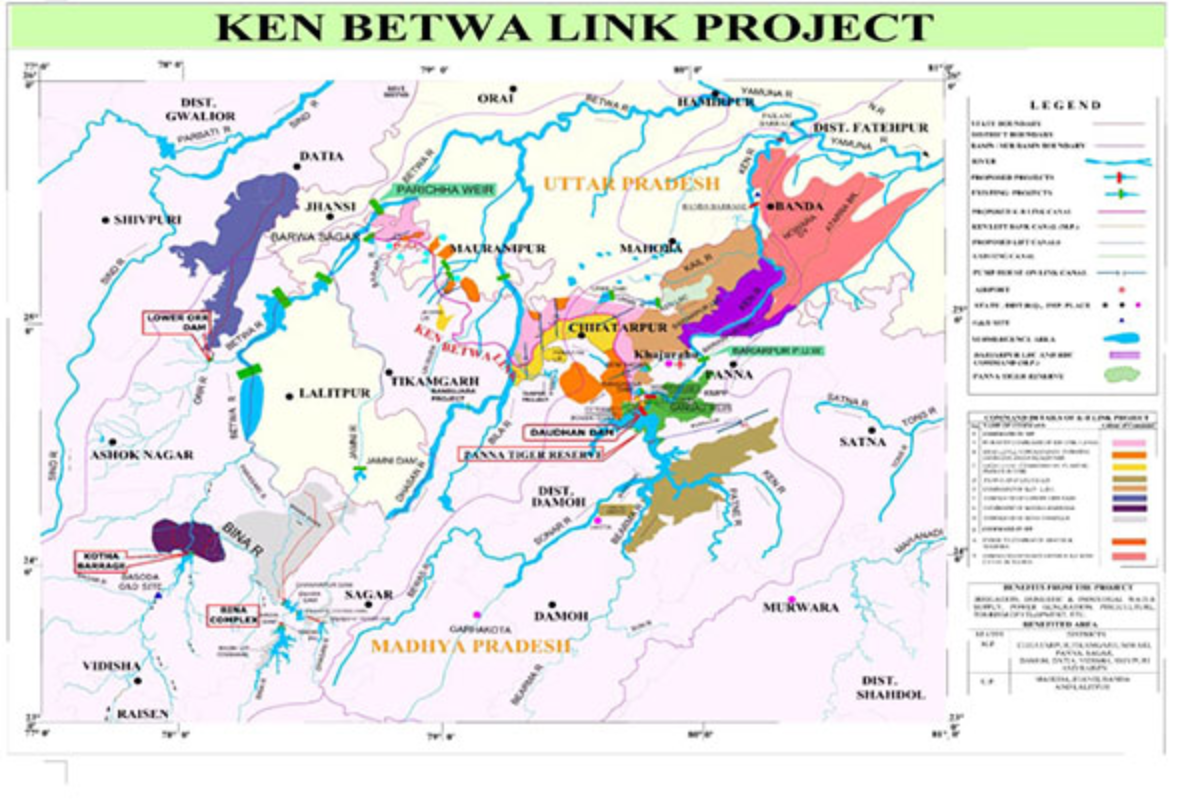
Ken-Betwa project boosts irrigation, water supply
Madhya Pradesh Chief Minister Mohan Yadav described the Ken-Betwa project as the country’s largest irrigation initiative, using a modern underground pressurised pipe system for water distribution.
As part of the project, a 77-meter high and 2.13-kilometre-long Daudhan Dam will be built on the Ken River in the Panna Tiger Reserve. Two tunnels will also be constructed: one 1.9 kilometres long and the other 1.1 kilometres long.
The dam will store 2,853 million cubic meters of water. Extra water from the Ken River will flow through a 221-kilometre canal to the Betwa River, providing irrigation and drinking water to people in Madhya Pradesh and Uttar Pradesh, the chief minister said.
The project will benefit many districts. In Madhya Pradesh, Panna, Chhatarpur, Tikamgarh, Niwari, Damoh, Sagar, Raisen, Vidisha, Shivpuri, and Datia will gain more water access. In Uttar Pradesh, Mahoba, Jhansi, Banda, and Lalitpur will see better irrigation and drinking water supplies. The canal will link these regions, ensuring a steady water flow for farms, homes, and villages, improving life for millions.
CM stated that the Daudhan reservoir will supply year-round drinking water to wildlife in the Panna Tiger Reserve, enhance the forest ecosystem, and help prevent flooding in Uttar Pradesh’s Banda district.
Yadav emphasised that the project will solve the long-standing water shortage in Bundelkhand, reducing the need for people to migrate in search of jobs.
A key step in making this project possible was the signing of a tripartite Memorandum of Understanding (MoU) on March 22, 2021. The agreement was signed by the chief ministers of Madhya Pradesh and Uttar Pradesh, along with the Union Jal Shakti minister, in the presence of Prime Minister Modi.
Chhatarpur Collector Parth Jaiswal said, “The Ken-Betwa Link Project is a big government plan. It will irrigate about 10 lakh hectares of land across 10 districts in Madhya Pradesh and 4 districts in Uttar Pradesh. People in the villages are very happy about this project and are celebrating it like a festival with Kalash Yatras at their homes.”
Ramesh criticizes Ken-Betwa project’s environmental impact
However, the project has faced controversy. Political leaders have raised concerns about its potential ecological impact on the Panna Tiger Reserve.
Congress MP Jairam Ramesh opposed the Ken-Betwa River Linking Project, highlighting its potential environmental impact. He called it a serious threat to the biodiversity-rich Panna Tiger Reserve, warning it could undo years of successful conservation efforts.
Today the PM is giving one more evidence of the difference between his ‘talk’ and ‘walk’ on environment and forest matters.
The Ken-Betwa river linking project for which he is laying the foundation stone today poses a serious threat to the biodiversity-rich Panna Tiger Reserve…
— Jairam Ramesh (@Jairam_Ramesh) December 25, 2024
“The project will submerge over 10% of the Panna Tiger Reserve’s core area, destroying prime tiger and vulture habitats. The ecosystem will be bifurcated, over 23 lakh trees will be felled, and construction will cause severe disturbance,” he said.
Ramesh noted the revival of Panna’s tiger population, from extinction in 2009 to over 90 today due to a reintroduction program. He expressed concern that the project could reverse this success.
“Today, the Prime Minister is showing the difference between his ‘talk’ and ‘walk’ on environment and forest matters,” he remarked. He also questioned the project’s assumptions about surplus water availability, suggesting less damaging alternatives.
“There are questions on the basic assumptions of surplus water itself. There are alternatives for executing the project without causing such ecological damage,” Ramesh added, urging the government to rethink its approach.
The Ken-Betwa River Linking Project is a step toward resolving water scarcity while boosting economic development and green energy production. Yet, balancing developmental aspirations and environmental conservation remains a challenge.
Support us to keep independent environmental journalism alive in India.
Keep Reading
Watch: Kashmir experiences first snowfall of season after dry spell
Amarnath Yatra: Tackling rising death toll from extreme weather events
Tourists arrival in Kashmir break records, a need to regulate it?
From tourist paradise to waste wasteland: Sindh River Cry for help
Follow Ground Report on X, Instagram and Facebook for environmental and underreported stories from the margins. Give us feedback on our email id greport2018@gmail.com.
Don’t forget to Subscribe to our weekly newsletter, Join our community on WhatsApp, and Follow our YouTube Channel for video stories.

